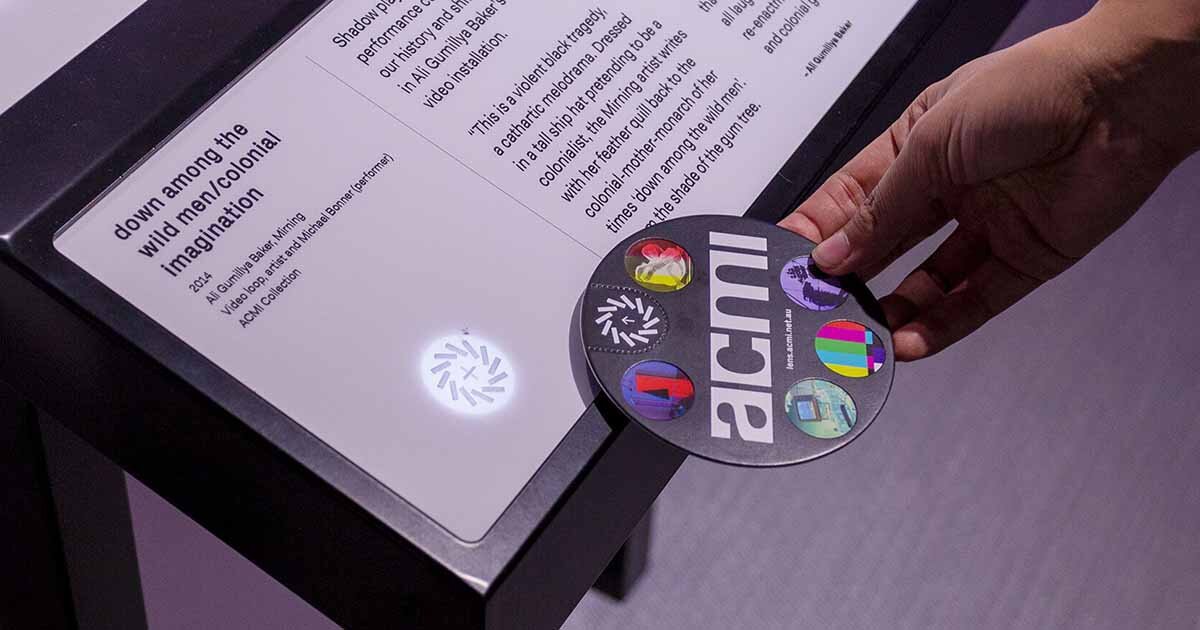
Australian Centre for the Moving Image - Permanent Exhibition Renewal
Reimagining the Visitor Experience for a Global Attraction
Scroll ↓
Project Overview:
The Australian Centre for the Moving Image (ACMI) is Australia’s national museum of film, television, videogames, digital culture, and art. It is also the most visited moving image museum in the world, welcoming 1.5 million visitors per year. In 2018, ACMI began a $40 million renewal that included a complete overhaul of its popular but dated permanent exhibition and set new institutional goals around annual visitation, educational outcomes, and revenue. Second Story served as ACMI’s Exhibition and Experience Design partner, helping lead a complete transformation of the museum. I was the content lead for the Second Story team.
The 17,000-square-foot space in Melbourne’s famous Federation Square became our canvas for re-imagining a world-class visitor experience for the 21st century. The new permanent exhibition—The Story of the Moving Image—takes audiences on an immersive journey into the past, present, and future of the moving image through five galleries of thought-provoking displays, interactive experiences, and storied objects.

My Role:
The renewal called for a complete “re-interrogation” of the museum’s storytelling. My work with ACMI’s Chief Curator and her team (including, excitingly, ACMI’s first indigenous-focused curator) involved identifying the key stories we wanted the new permanent exhibition to tell, choreographing how the storylines should unfold across the five galleries, and choosing the right moments in the visitor journey to reinforce key concepts through interactive experiences. I then worked with my colleagues at Second Story to further concept and prototype those experiences.
In addition, I developed the beginnings of an interpretive framework designed to elevate ACMI’s curatorial voice while simultaneously bringing new voices into frame––e.g., perspectives that had been excluded from the traditional western-centric account of moving image history, such as indigenous voices from around the Asia-Pacific region.
Onboarding: Did you know that moving images existed long before the invention of film? At the exhibition entrance, visitors encounter the earliest, most elemental form of moving image: light and shadow. They’re prompted to retrieve a “magic lens”, which they can use inside the galleries to collect––and later explore––objects and media that interest them.
Modeled on the nostalgic shape of Viewmaster Reels, the Lens interacts with NFC readers throughout the galleries.
The Lens is a free take-home NFC device which allows visitors to curate their own collection of film, videogames, artworks, and objects. As visitors interact with content, the Lens becomes a valuable data source which ACMI can use to help program future exhibitions.

Splitting the difference: The new exhibition contains over 900 moving image-related objects, including this singular tribute to the Australian road movie: a car that is half Mad Max, half Bush Mechanics (a popular, Indigenous-produced reality TV show). What was originally conceived as a creative solve to spatial challenges (i.e. there was not room for two whole cars in the gallery) became a uniquely powerful commentary.
Preserving the past in a digital world: “Memory Garden” draws attention to the urgency of ACMI’s media preservation efforts through its unusual interaction design. By holding their hands beneath a ceiling-mounted column, visitors trigger projections of old Australian home movies, which play out in their palms. The intimacy of the gesture was designed to recast something we experience today as being ubiquitous as something precious and worth preserving.

Queuing up the post-visit: At their final stop inside the galleries, visitors can explore the Constellation, a human curated touch-table map that traces unexpected connections branching off of everything the visitor has collected with their Lens. Together, the Lens and Constellation table help visitors draw new connections from things they’ve seen during their visit while also setting up another journey that begins when they leave the building.







